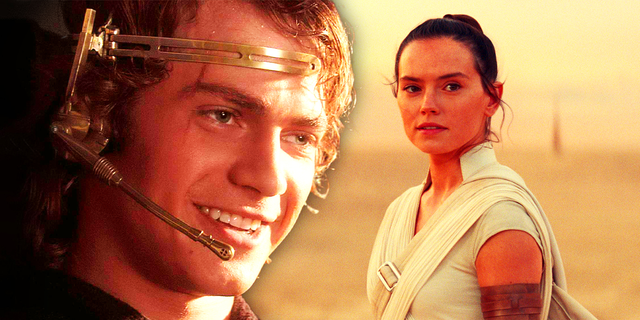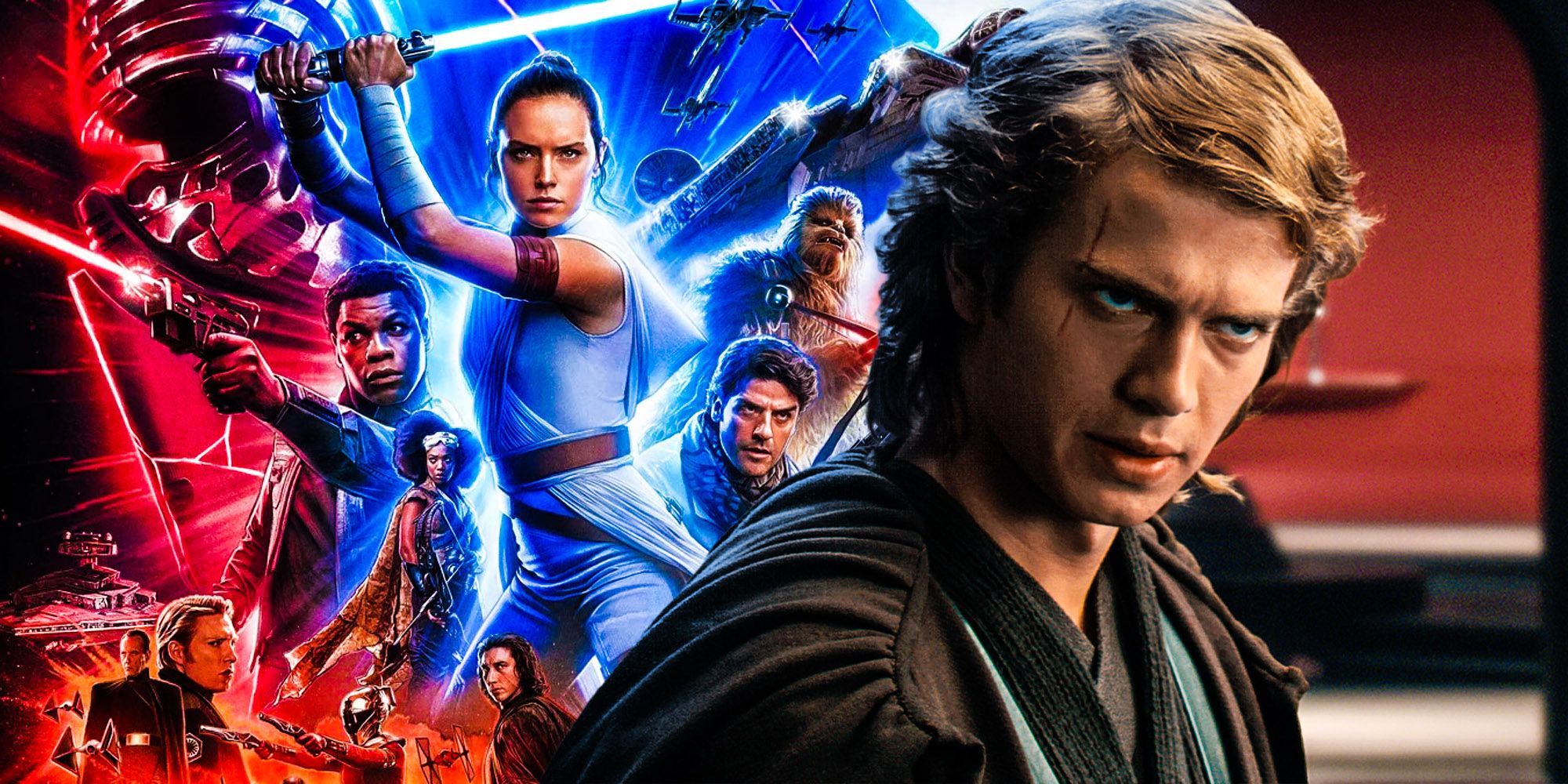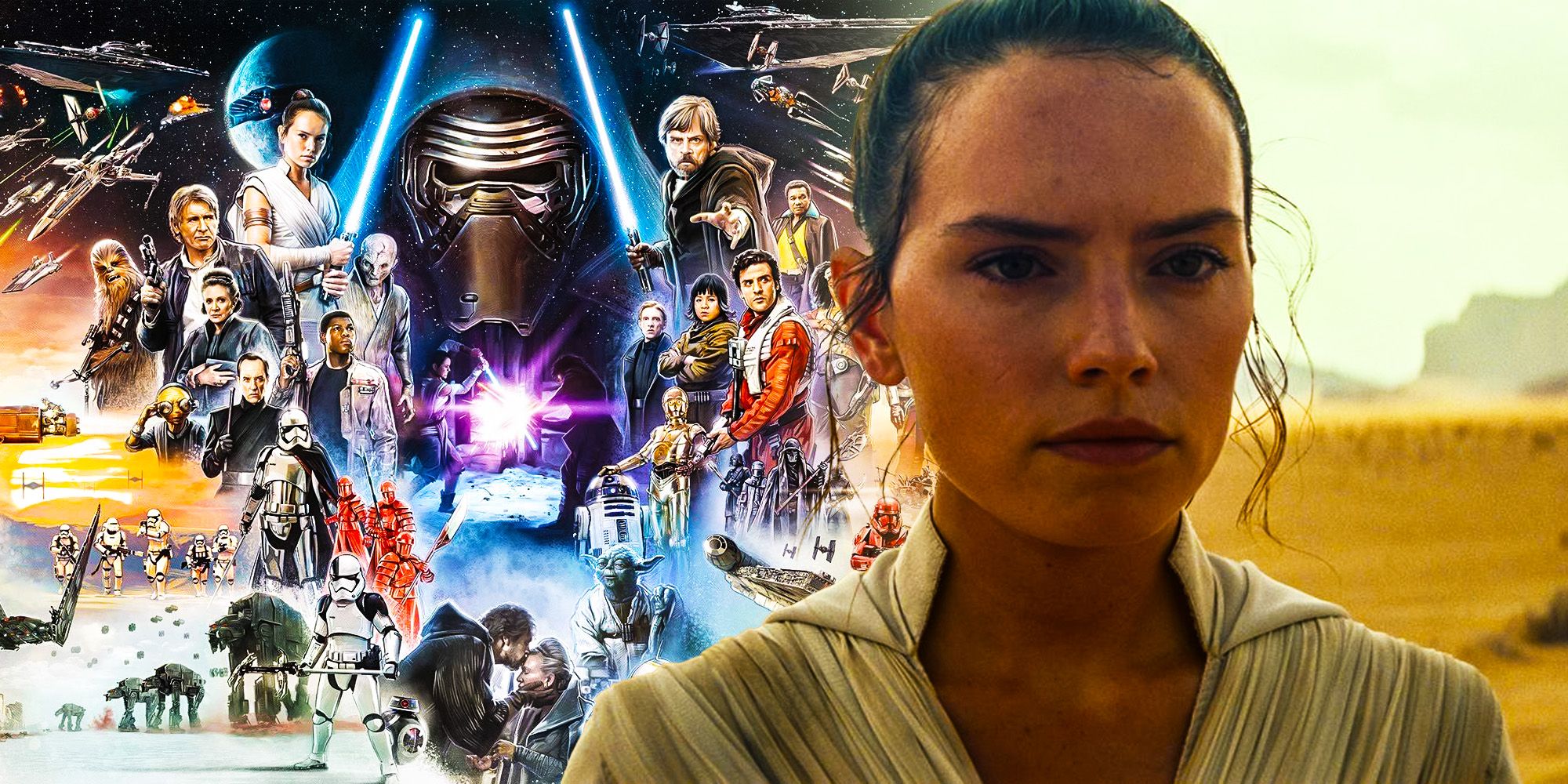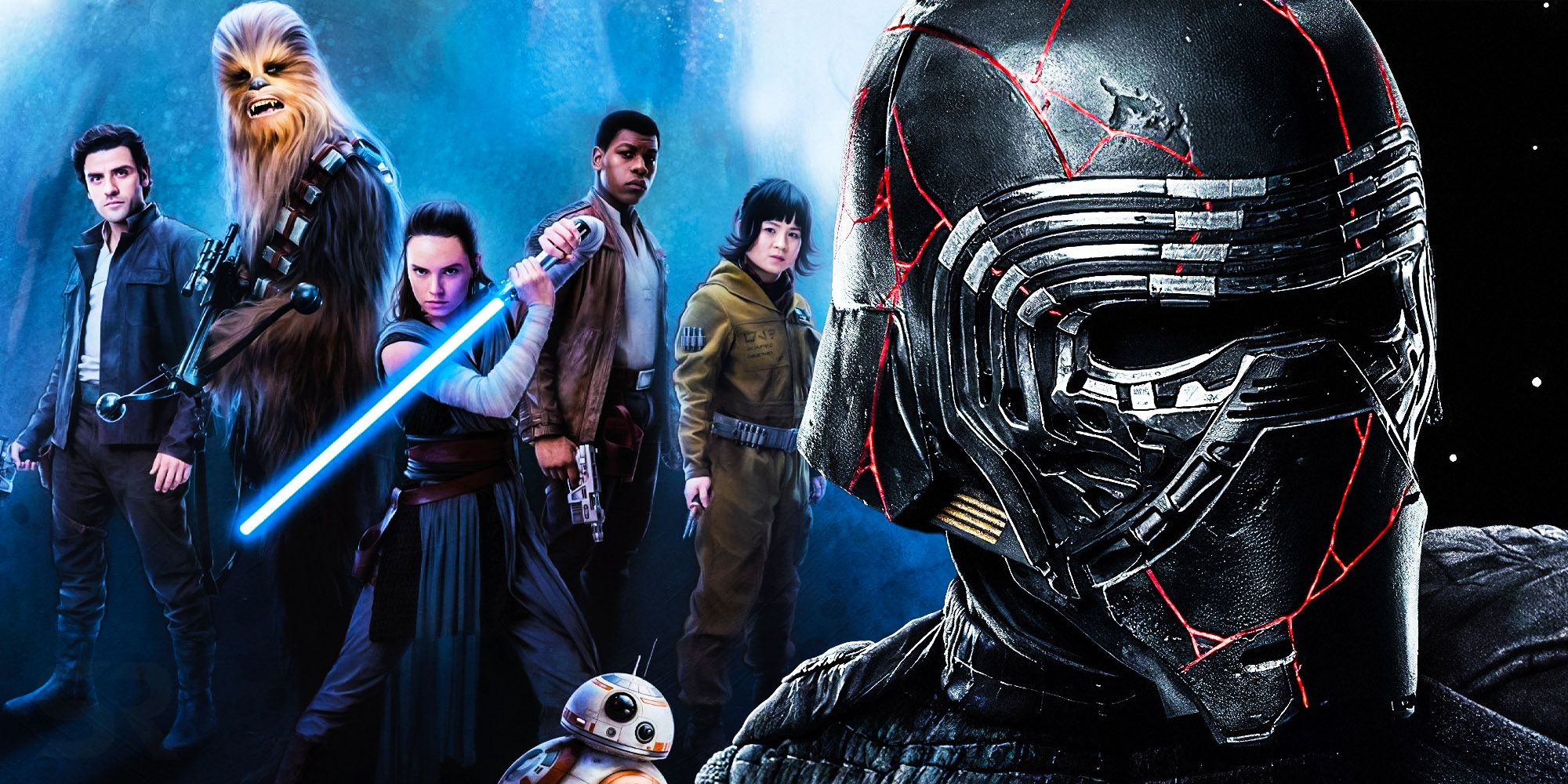The Star Wars sequels can be better received in the future, similar to how the prequels have been reevaluated. As a saga that has been around since 1977, Star Wars has engaged with several generations. As such, it is no surprise that each Star Wars trilogy has a distinct feel to it and speaks to different audiences. Still, the Star Wars sequels sparked a level of criticism comparable to that of the prequel trilogy, which shows how tricky is for the franchise to move forward – especially on the big screen. Coincidence or not, the Star Wars sequel trilogy was released right as the “prequels renaissance” began.
Though Star Wars: The Clone Wars began to improve — and retcon — the Star Wars prequels in 2008, the impact of the animated series was still relatively small compared to how heavily criticized that trilogy had been. Star Wars: Episode I – The Phantom Menace was quite possibly the most anticipated movie of all time, up to its release, but a significant portion of the reactions to the movie ranged from disappointment to toxic criticism. How the prequels were received changed the course of Star Wars forever, which is why the “prequels renaissance” was so surprising. The Star Wars sequels have dealt with similar reactions, meaning they could also find a similar redemption at some point in the future.
Star Wars Sequel Redemption May Take Longer Than The Prequels
Considering that the Star Wars prequels were brutally panned by critics and long-time Star Wars audiences from the start, there was really not much room for the perception of the trilogy to get worse. Star Wars: Episode I - The Phantom Menace and Star Wars: Episode II – Attack of the Clones played against any momentum that the Darth Vader origin story could have, and by the time the far-better received Star Wars: Episode III – Revenge of the Sith premiered, the prequels had already been deemed a failure by many. The sequels, on the other hand, started strong with the record-breaking Star Wars: The Force Awakens, which is currently still the fourth highest-grossing movie of all time.
The fact that The Force Awakens reignited the franchise and introduced Star Wars to a new generation makes the divisive reactions to Star Wars: The Last Jedi and Star Wars: The Rise of Skywalker even more significant. The lack of an overarching plan for the Star Wars sequels led to The Last Jedi and The Rise of Skywalker contradicting or reinterpreting previous installments to the point the entire trilogy felt disjointed. For that reason, revisiting the Star Wars sequels under more positive lenses is not so easy. From retcons to character arcs that were not paid off, a Star Wars sequels rewatch makes some problems even more noticeable.
Though it took more than a decade for the Star Wars prequels to find redemption, the fact that all three movies were written and directed by George Lucas made it so that the trilogy had a more consistent tone that could later be revisited by other productions. The Star Wars prequels did a lot of world-building and introduced several characters, many of which would only be better explored years later with The Clone Wars and Star Wars Rebels. The Star Wars sequels, on the other hand, felt very limited by their connection to the original trilogy, which makes it more difficult for the stories of Rey, Finn, and Poe to be expanded.
Why The Star Wars Sequels Deserve A Reevaluation... Eventually
Just like the prequels, the Star Wars sequels have both upsides and downsides. In fact, in terms of cinematic qualities, an argument can be made that Star Wars: The Force Awakens, Star Wars: The Last Jedi, and even Star Wars: The Rise of Skywalker are more solid films than Star Wars: Episode I - The Phantom Menace and Star Wars: Episode II - Attack of the Clones. That said, how well any of the Star Wars movies are remembered also has to do with how they contribute to the universe and how they advance the franchise. It is under that perspective that the Star Wars sequels became so divisive, and that is why there is room for audiences to reevaluate the sequel trilogy in the future.
For example, Star Wars: The Force Awakens established a new generation of characters with which audiences easily connected. From the heroes of the Resistance to Kylo Ren and the First Order, the Star Wars sequels’ biggest strength is its characters. Considering that Kylo Ren is the only one of that new generation of characters to die by the end of Star Wars: The Rise of Skywalker, the franchise can still tell a lot of stories with the sequel trilogy characters in a post-Episode IX galaxy. Star Wars: The Clone Wars and the Disney+ Star Wars shows are perhaps the main reason behind the prequels’ reevaluation, and they all used a similar trick of expanding the lore and the characters from those movies.
Even Star Wars: The Last Jedi, which is one of the most divisive films in recent pop culture history, has plenty of interesting ideas and character moments that could be revisited or even used as inspiration for future stories. The concept of Force projection, the notion that Luke was bound to realize how flawed the Jedi were, and the unique connection between Rey and Kylo Ren are among the most innovative ideas shown in the Star Wars sequels – yet they all got lost amid such divisive reactions. If Star Wars: Episode I - The Phantom Menace’s midichlorians were improved by the franchise's canon, then no Star Wars sequel concept is beyond redemption.
When Can The Star Wars Sequels Have Redemption
Given that the Star Wars prequel trilogy reevaluation coincided with the release of the sequel trilogy, the Star Wars sequels may only be reevaluated once a new series of Star Wars movies happens. Star Wars is a generational saga, and a lot about the "prequels renaissance" has to do with the generation that grew up watching Episodes I, II, and III now considering Anakin Skywalker’s story “their” Star Wars. That is similar to how many people disregarded the prequels in the early 2000s over them being so different from Luke's trilogy. In other words, Star Wars criticism is cyclical.
In the future, many will probably consider the Star Wars sequels “their Star Wars" and characters such as Finn, Poe, Rey, and Kylo Ren their favorites. However, for that to happen, Star Wars cannot simply ignore the sequels and their characters as it is currently doing. Even if the next Star Wars movie calls for a more original story, the franchise can still revisit the sequels in the form of tie-in novels, comics, animated series, and live-action Disney+ shows. For example, although The Mandalorian is set closer to Return of the Jedi than to Star Wars: The Force Awakens, the “Mandoverse” shows could incorporate more elements from the sequel trilogy.
Showing how the First Order came to be or specifics about Palpatine’s Snoke plan are things that would massively improve the Star Wars sequels – and they would not be too difficult for shows like The Mandalorian to pull off. The Rey Palpatine twist, considered one of the lowest points in the Star Wars sequel trilogy, can also be better explored in the future. Other examples are Luke and Leia’s legacy to the galaxy and what Rey taking on the Skywalker name really means to the character. There is no shortage of options for Star Wars to improve the sequels. For now, though, it remains to be seen how well the Star Wars sequel trilogy will age compared to the prequels.




